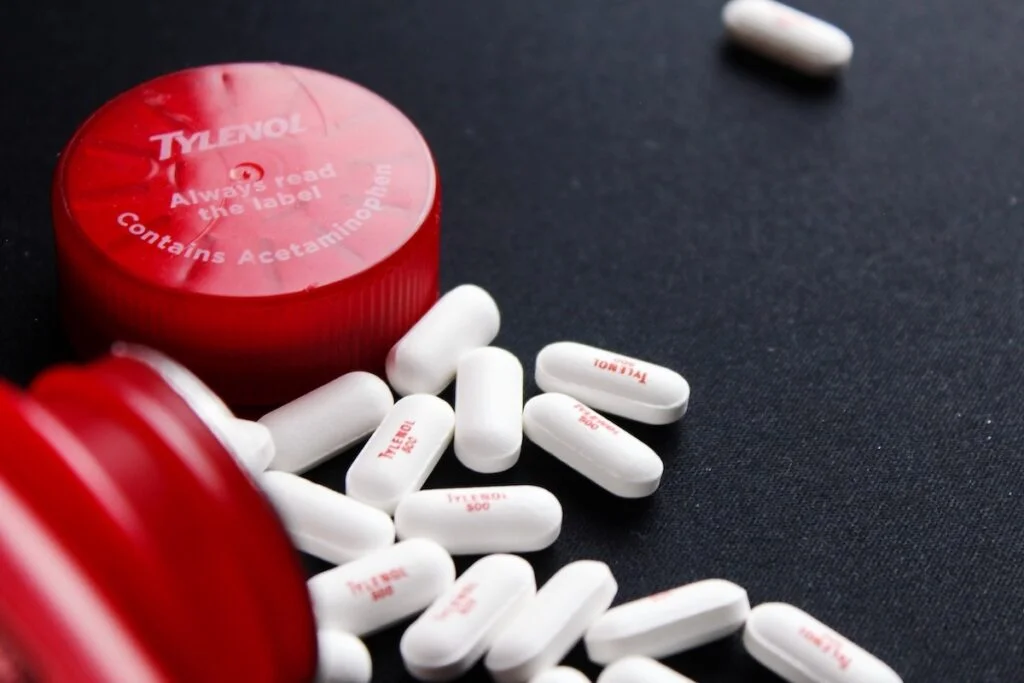
The U.S. has seen a dramatic increase in a dangerous type of drug-resistant bacteria. And the Centers for Disease Control and Prevention is warning that both infections and deaths have been rising due to NDM-producing carbapenem-resistant Enterobacterales— NDM-CRE for short.
The CDC has explored the issue in a report published in the Annals of Internal Medicine, looking at the sharp increase between January 2019 and December 2023. In 2020, there were about 12,700 infections and 1,100 deaths in the U.S. The new study finds reason to worry there will be an increase in infections and deaths.
The CDC reported that between 2019 and 2023, NDM-CRE infections “surged by more than 460% in the United States. Those infections —including pneumonia, bloodstream infections, urinary tract infections, meningitis and wound infections — are extremely hard to treat and can be deadly. Detection is also challenging, as many clinical laboratories lack the necessary testing capacity.”
In a separate study this month in the journal eClinical Medicine, researchers reported that about one-third of hospital infections are antimicrobial-resistant.
“With an estimated 1.14 million deaths worldwide annually caused by bacteria becoming resistant to antibiotics, a University of Leicester-led study shows that in hospital settings antimicrobial resistance is common and independently associated with a higher risk of death,” as Medical Xpress reported.
What is this dangerous bacteria?
Animals and people can become infected with NDM-CRE, the CDC separately reported. The public health giant said that “Enterobacterales are a group of bacteria that are a normal part of the human and animal gut, but can also cause infections. Carbapenem-resistant Enterobacterales (CRE) are germs resistant to one or several antibiotics called carbapenems.”
Those most at risk for CRE are those using ventilators, urinary catheters or intravenous catheters. Also at high risk are those taking a long course of certain antibiotics and those with weakened immune systems.
It can spread from person to person because of dirty hands, wounds and stool, contaminated medical equipment and sometimes between people and animals, or between animals. But people seldom become infected from infected pets. Folks can also carry the germs without being infected themselves.
The researchers said only two antibiotics can kill the infections; they are expensive and require an IV infusion.
“The rise of NDMs in the U.S. is a grave danger and very worrisome,” David Weiss, an Emory University infectious diseases researcher, told Medical Xpress.
Per the Medical Xpress article, “In recent years, the CDC has drawn attention to ‘nightmare bacteria’ resistant to a wide range of antibiotics. That includes carbapenems, a class of antibiotics considered a last resort for treatment of serious infections.”
Serious infections, hard to treat
Danielle Rankin, an epidemiologist in the CDC’s Division of Healthcare Quality Promotion, said that the NDM-CRE infections are among the most serious. “Selecting the right treatment has never been more complicated, so it is vitally important that health care providers have access to testing to help them select the proper targeted therapies.”
According to the report, NDM-CRE infections are hard to treat, with few options and not necessarily good diagnosis by physicians, so the wrong treatment can be chosen. Many hospitals lack tools to test for it fast, so the bacteria can spread fast, sometimes moving through health care settings and into the community. NDM-CRE is also linked to high rates of illness and death.
The numbers are low, because only 29 states do the needed testing and reporting of carbapenem-resistant bacteria cases. The researchers counted 4,341 cases from those states in 2023 and noted 1,831 were of the NDM type.
Per The Washington Post, “The NDM gene — which was first identified in 2008 from a Swedish patient who had been hospitalized in New Delhi — creates an enzyme that destroys most antibiotics, including so-called carbapenems, which are usually used in last-ditch efforts to save patients with infections that fail to respond to standard antibiotics.”
Antibiotics only work against bacteria, not viruses. But that didn’t keep people from taking antibiotics to combat the novel coronavirus COVID-19. Some experts believe that has contributed greatly to the rise of this resistant bacteria.
The Post reported that from March 2020 to October 2020 almost 80% of patients hospitalized with COVID-19 received an antibiotic, according to the CDC.



